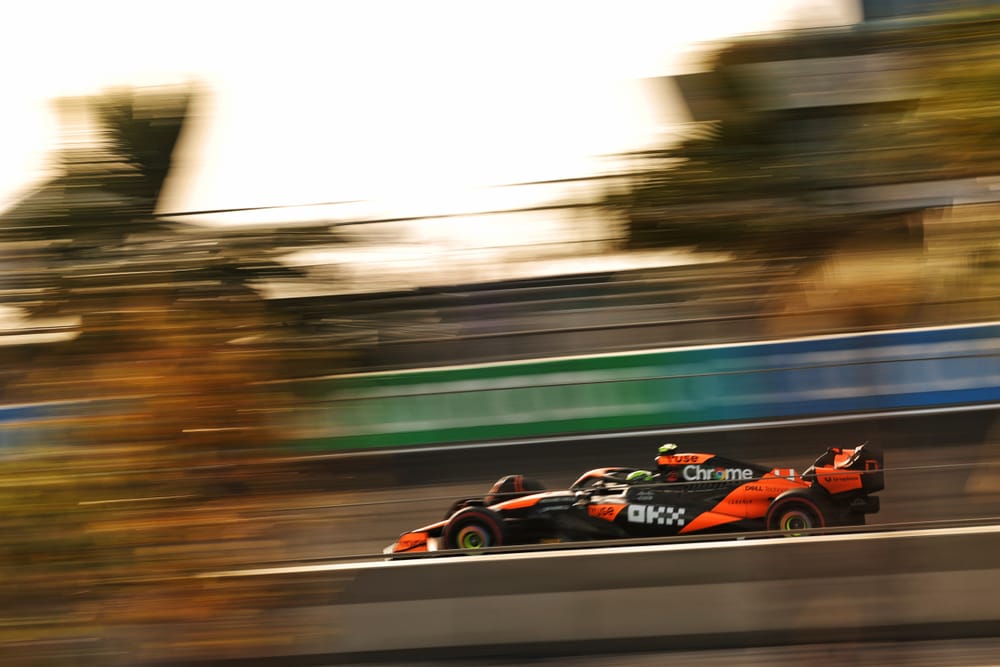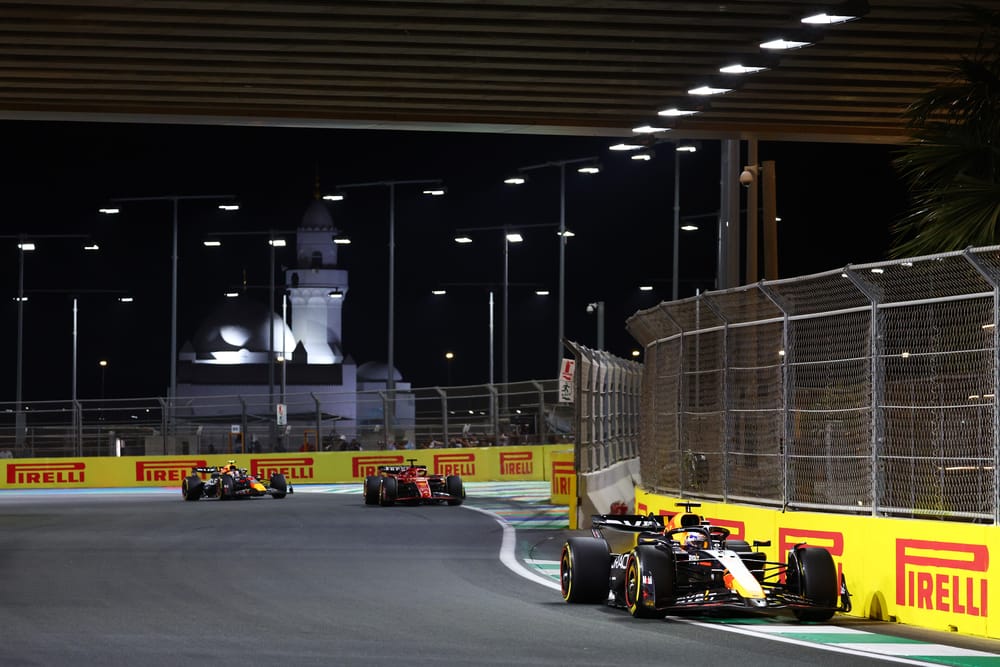Up Next

McLaren has revealed plans for its first major upgrade of the 2024 Formula 1 season which will be the latest step in tackling a weakness that might not be fully fixed until 2025.
The team has had a slow corner weakness in recent years, stretching back even to before the current ground effect regulations were introduced in 2022.
The particular problem is in longer corners and was showcased in the last race in Jeddah where the McLaren set the fastest first-sector time of all during the race in a part of the track dominated by high-speed turns.
“The car limitations are very well known and are exposed at this circuit [Jeddah] together with the points of strength,” said Stella when asked by The Race about the car’s weaknesses.
“The points of strength, you will have seen that anybody behind the McLaren in sector one would lose ground. So when you have these fast-flowing corners in which it's enough to do [just] the first steering input, the car responds very well.
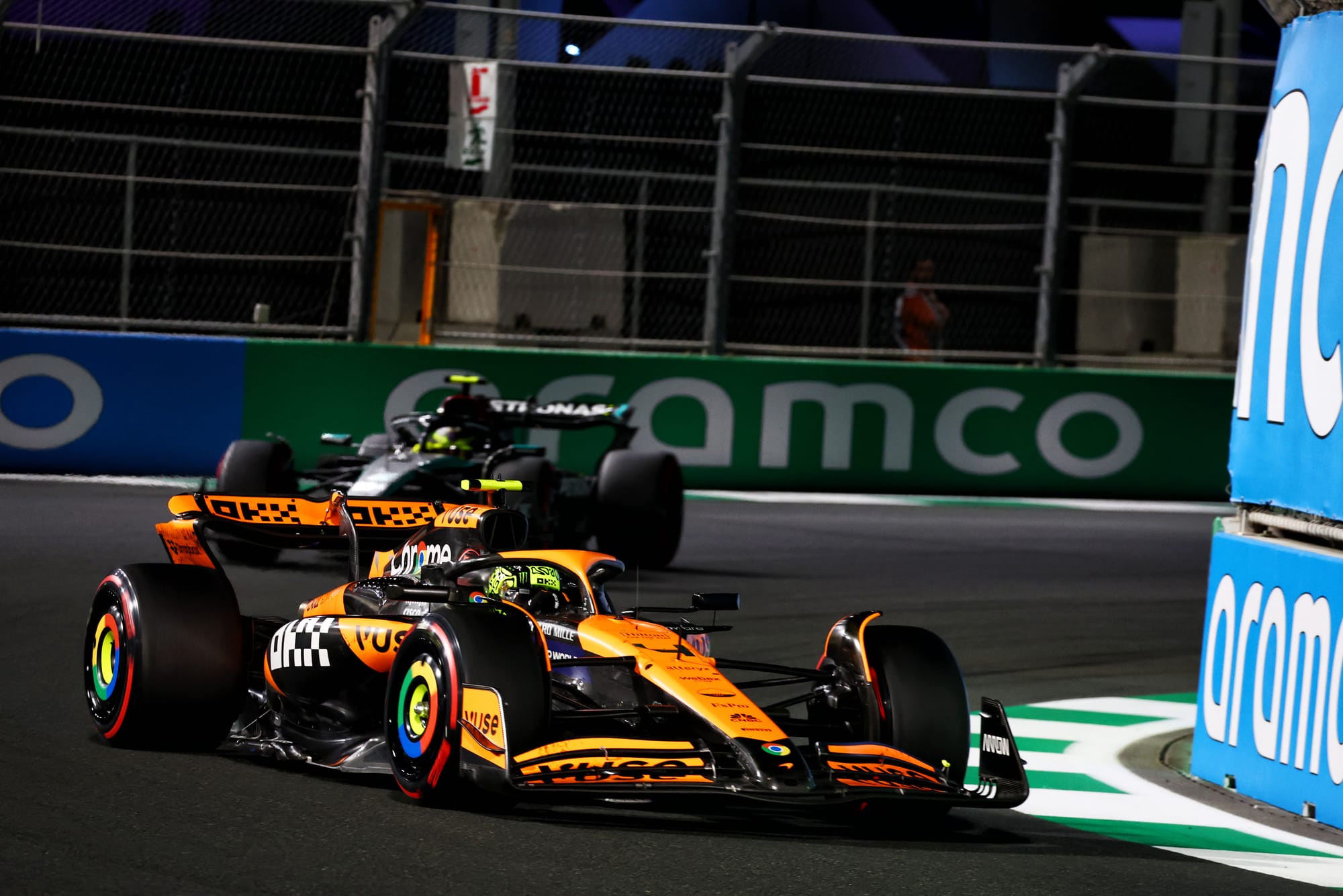
“When instead the corners are long, like in the last corner and you need to really hold the steering for a long time, the car gives up a little bit and we lose a lot of time. This is where Ferrari are very strong and that's why Leclerc was so competitive in the last sector, just that corner.
“And the other limitation was, somehow still we would like to have more top speed. These two features are very well exposed at this track where you have the long straights and a couple of very long corners where the limitation gets visible.”
McLaren's upgrade plan (so far)
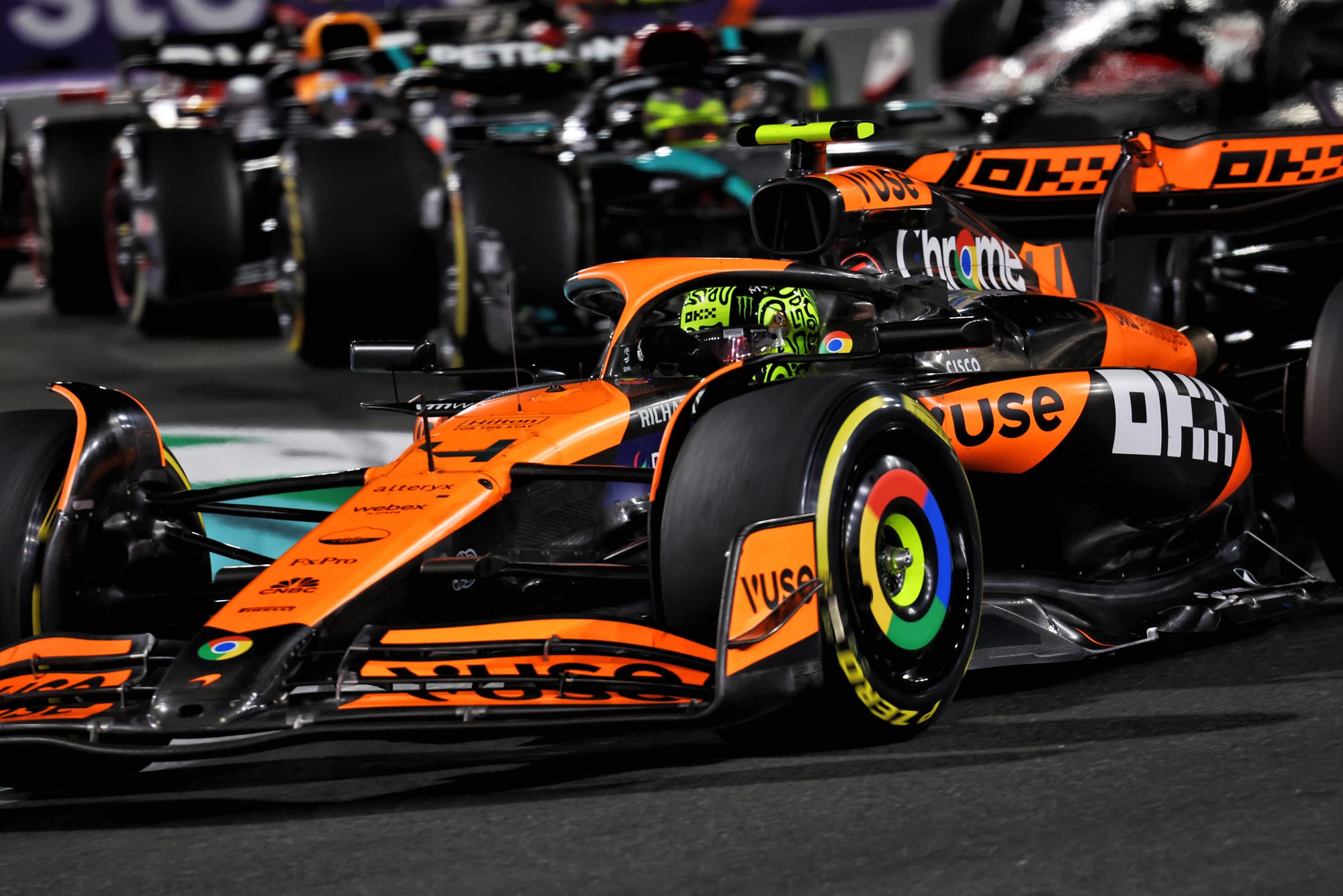
Stella is adamant McLaren understands the cause of its struggles and indicated in Jeddah that it's related to the front of the car.
McLaren has an upgrade package slated for “around race six or seven” that will tackle the persistent weakness in long, low-speed corners.
A new front wing will be a key part of this upgrade given the McLaren-Mercedes MCL38 features a design that is not substantially different to the one used in 2023.
Team principal Andrea Stella indicated that the upgrade package will likely appear either for the Miami Grand Prix in early May, or at Imola later that month – although he didn’t commit to an exact date.
The changes to the front wing and associated areas at the front of the car, which will also be sensitive to the ride-height of the car and the aerodynamic impact of the car with steering lock, are vital to making an improvement.
This is because of the need for the front of the car to work through a wide range of yaw angles, with it currently producing good downforce at lower angles in high-speed corners but struggling when the car is hitting the airflow at an increased angle.
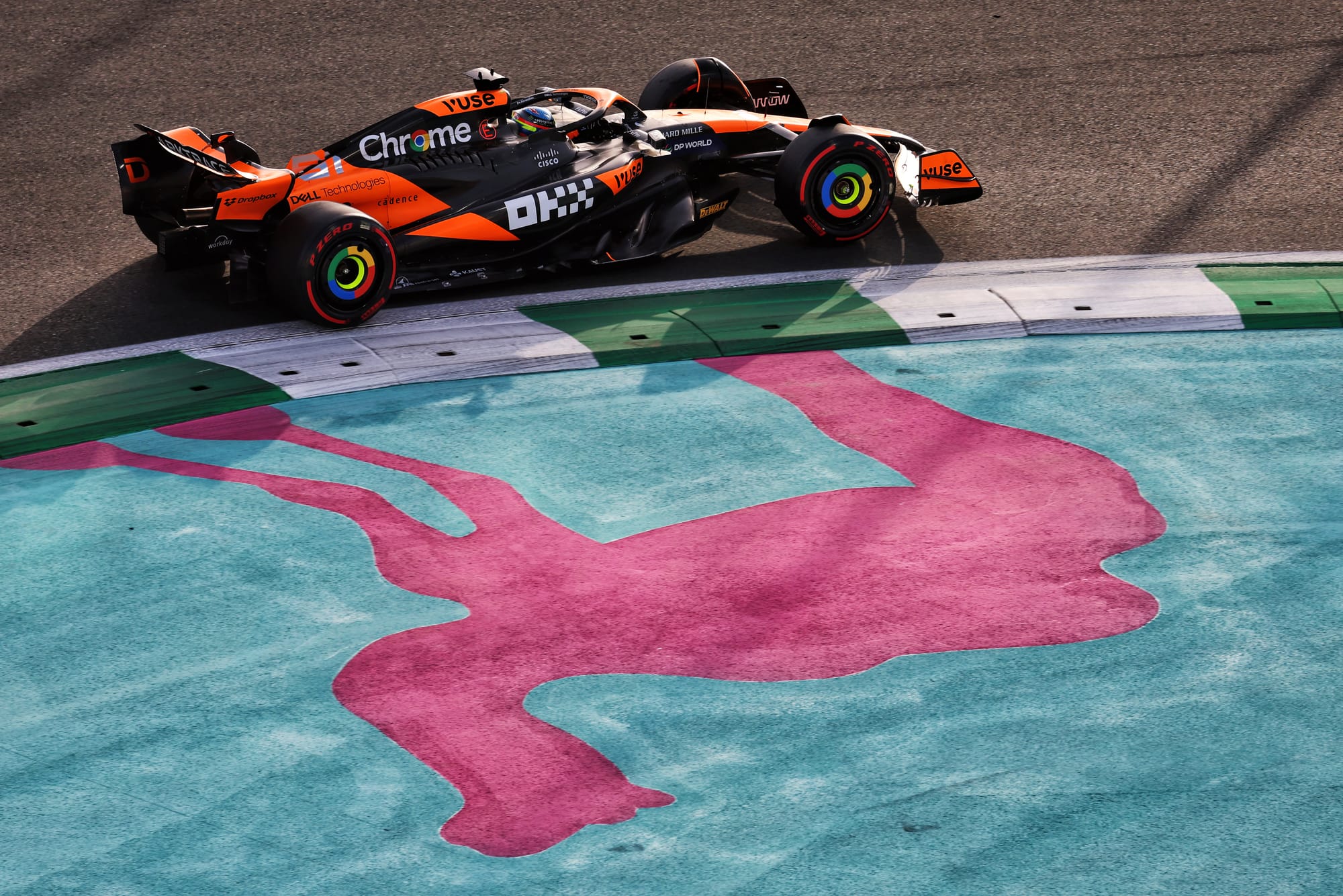
Stella has characterised it as needing a car that's more aerodynamically robust across a wider range.
“We understand the root cause, but it’s taking a few weeks to deliver the projects that address that,” said Stella. “Definitely, some of these projects have to do with this area [the front] of the car [indicates the front]. It hasn’t been improved very much compared to last year, effectively.
“This [pointing roughly at the front wing] is the same as last year, so hopefully soon we will be able to deliver this new component. I don't say which component.
“We see in development that this helps, we haven't delivered it trackside yet. If we didn't see this [progress] in the background in development, I would be concerned. We see the improvement, but we need to accelerate the process to deliver it trackside.”
While Stella has said several times the objective is to improve the performance in the slower corners, he accepts it will take at least another year to eliminate it entirely and produce a true all-rounder.
He stresses the importance of working through this in particular for 2026 given McLaren can’t afford to carry these troubles into the new rules set when it aspires to be a world championship threat.
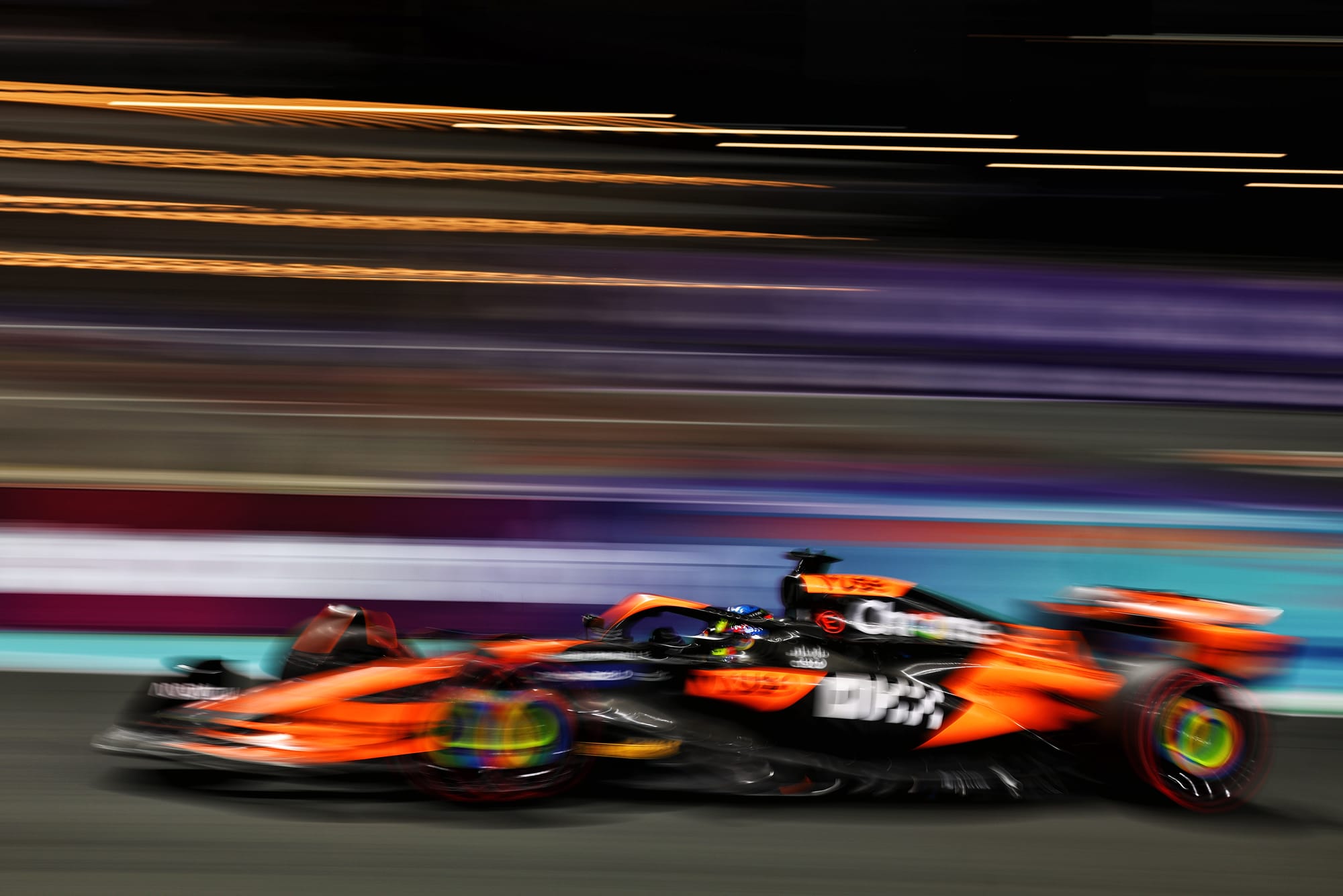
“It will improve the weaknesses somewhat, but more work is needed,” said Stella. "We have another couple of years of these regulations and it will be at least another one-year journey, I anticipate, in order to complete this exercise of resolving these balance issues.
“Hopefully this will make us very competitive in 2025, but I think more generally this exercise will be important to understand from a methodological point of view how you develop cars and from an objectives point of view, what do you have to chase so that you actually can prevent these kind of issues or weaknesses in 2026?
"So it is very worthwhile work that is happening at McLaren now and a short-term and long-term investment.”
In the short term, McLaren plans some minor tweaks in Australia this weekend and for the following race in Japan but both of these are characterised as minor and worth "milliseconds".

